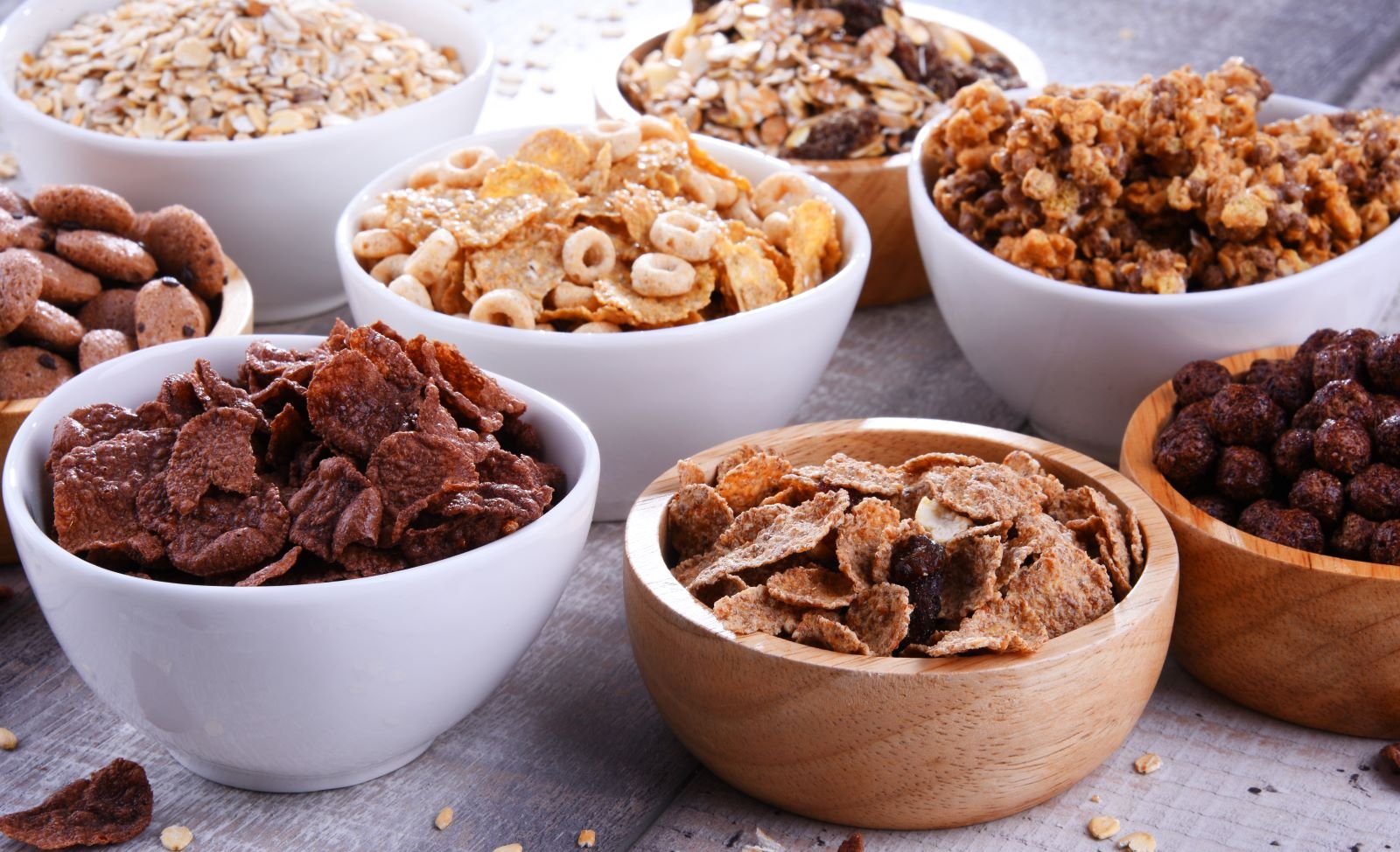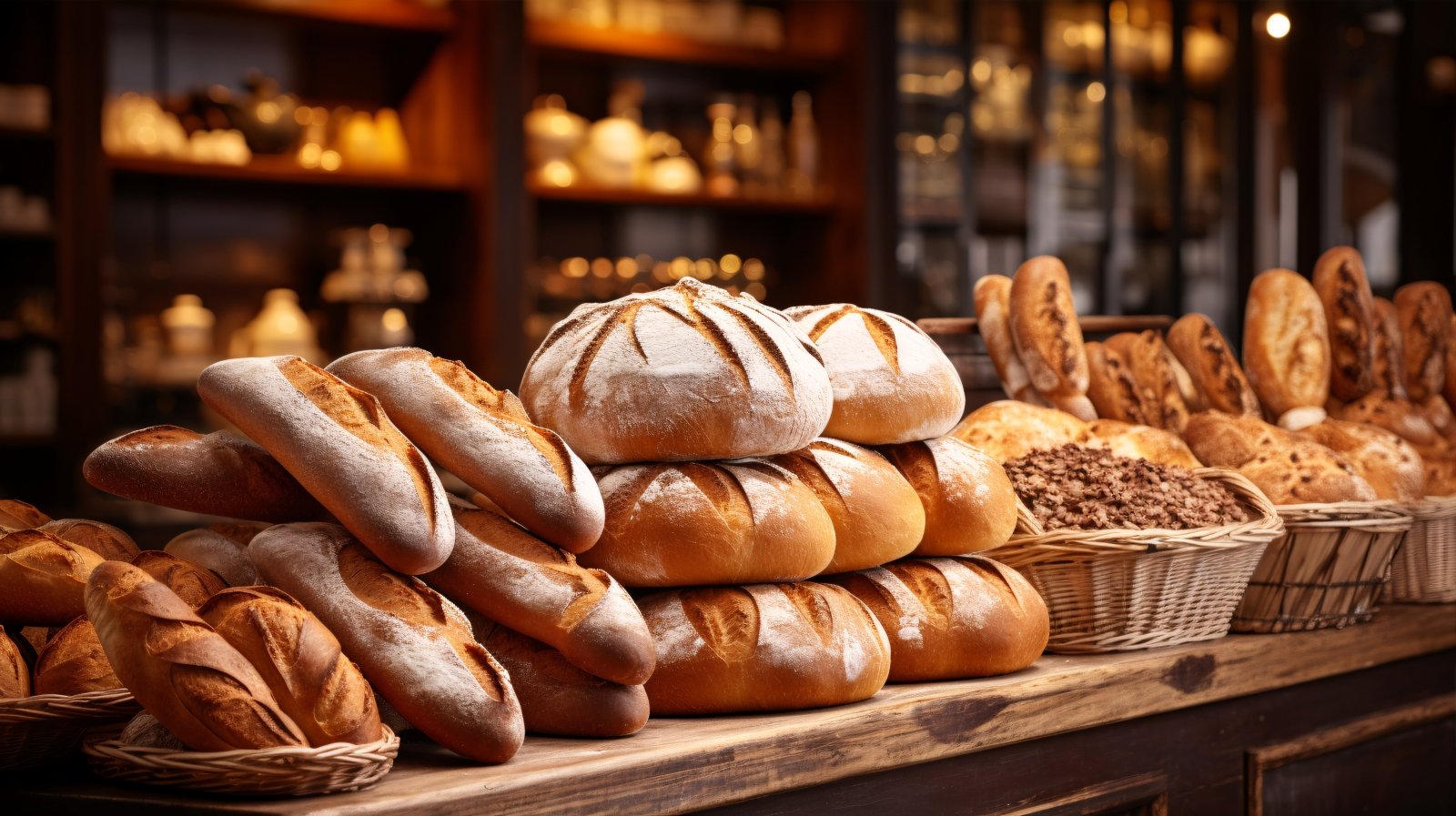Proper food storage can help maintain the quality and flavor of products. Refrigeration comes in handy as it increases the shelf life of perishable products, however, we wrongly assume that it also maintains the quality of the products. In some cases, the cold temperatures of the refrigerator can interfere with the quality, texture, and flavor of certain kitchen staples.
Learn which 25 foods you should never refrigerate and when you can make exceptions for certain foods.
Fruits

Refrigerating bananas makes their skin go brown. Apples, peaches, apricots, nectarines, and citrus fruits lose their flavors when refrigerated. An unripe avocado will not ripen in the cold temperature. All these fruits should be kept in open baskets or dry, ventilated containers at room temperature. An unripe avocado goes in a paper bag until it ripens, then it goes into the fridge. Cut fruits can go in the fridge.
Honey

Refrigeration will cause honey to become thick. Store it at room temperature and away from direct sunlight.
Oils

Oils are used for preservation; they don’t need refrigeration. Putting oils in the fridge will cause them to thicken or solidify. However, you can refrigerate nut-based oils to increase their shelf life and prevent them from turning rancid.
Coffee

Refrigeration condenses coffee and reduces its flavor; hence coffee, whether grounded or whole, should be stored in an airtight container at room temperature.
Breakfast Cereals

Breakfast cereals fare better outside the fridge. So let them stay outside in an airtight container.
Tomatoes

The cold temperature of the fridge can cause tomatoes to lose flavor and become mushy. Store them at room temperature in a dry, well-ventilated container.
Bread

Putting bread in the fridge makes it dry. Store it in a bread box for 4-5 days to eat fresh slices, then refrigerate the leftover. However, homemade breads, low-gluten, or gluten-free breads go in the refrigerator to prevent molding.
Butter

Butter is best kept and enjoyed at room temperature. But if you stay in a warm environment, put it in the fridge and take out a couple of sticks just before eating.
Potatoes

The moisture from the fridge can convert the starch in potatoes into sugars making them taste unnaturally sweet. Store them in an open basket or a ventilated container, away from direct light to prevent sprouting.
Melons

Whole melons like watermelons, cantaloupes, and honeydews should be kept at room temperature to help their antioxidants to stay intact. Once cut or sliced, store them in the refrigerator.
Onions

Onions can get soft and moldy in the fridge due to moisture. They should be stored at room temperature and where they get sufficient air to remain dry. Cut onions go in the refrigerator.
Garlic

Whole garlic bulbs and unpeeled cloves should be kept at room temperature because refrigeration can make them rubbery. On the other hand, peeled garlic cloves should be refrigerated as they can sometimes develop mold.
Fresh Herbs

Basil shrivels and becomes black when kept in the fridge. Put fresh herbs after cutting the stems in a water-filled glass tumbler on your kitchen counter.
Ketchup And Sauces

Ketchup and sauces have enough salt and preservatives to keep their flavors intact. No need to refrigerate them for six months. As far as soy goes, the fermentation in soy keeps it well preserved at room temperature even after it’s opened.
Jams

Store-store jams can stay outside as they are safe due to preservatives. Homemade jams need to be refrigerated once they are opened.
Spices

Ground spices need no refrigeration; the same mantra applies to whole spices. Anything more than six months to a year goes into the fridge.
Chocolate

The best place to store chocolate is a cool and dry place, as refrigeration can cause sugars in the chocolates to move to the surface, that creates a white coating on the chocolate. However, if you live in a warm place, you can keep it in the fridge to prevent melting.
Chocolate Spread

The chocolate hazelnut spread must be kept at room temperature so that its chocolate flavor stays intact. Don’t worry; it has enough oil and emulsifiers to keep it as is.
Cocoa Powder

The cocoa powder stays just fine outside at room temperature. No need to clog up the fridge with packets or boxes of cocoa.
Baked Goods

Baked goods like cookies, brownies, and cakes go in an airtight Tupperware. The cold temperature of the fridge hardens the fat in baked goods, which can affect the flavors and ruin the texture. Cookies stay well for up to three weeks. On the other hand, brownies and cakes that are not consumed within 5-6 days, and cream-based pies after 2-3 days, go in the fridge.
Peanut Butter

Store-bought peanut butter is to be kept outside as it contains emulsifiers and preservatives that stop it from spoiling for three to 6 months. However, natural peanut butter or homemade peanut butter without additives must go in the fridge as the oil in the peanut butter will separate and turn rancid. The rest of the product can turn dry or develop mold.
Nuts And Seeds

Colder temperature helps prevent the natural oils in nuts from going rancid but it can also affect the flavor. Also, shelled nuts and seeds can pick up the odors of other foods in the fridge. It’s best to store nuts and seeds in an airtight container in a cool place in your pantry.
Canned Fish

If you have picked this up from the unrefrigerated section of the supermarket, then that’s where it goes in your pantry too. Once you open it up, show it to the fridge.
Vinegar

The high acidity levels in vinegar keep them safe at room temperature. However, if you have homemade vinegar infusions, show them the fridge to increase their shelf life.
Salad Dressings

Most salad dressings that are vinegar or oil-based can stay well outside the fridge. However, cream, yogurt, or mayo-based dressings need to be refrigerated.
